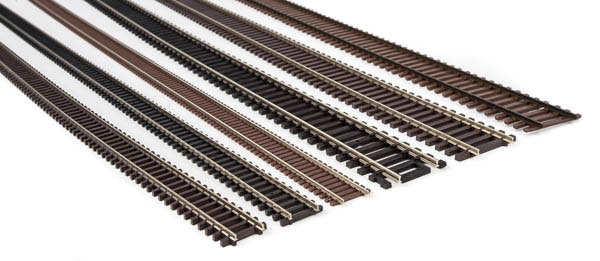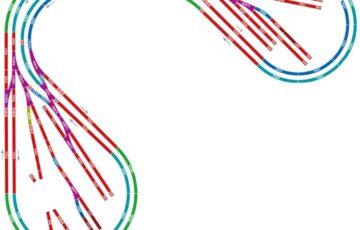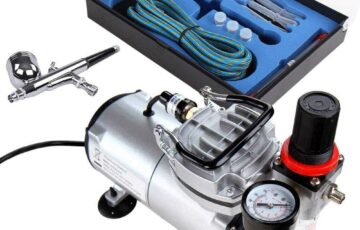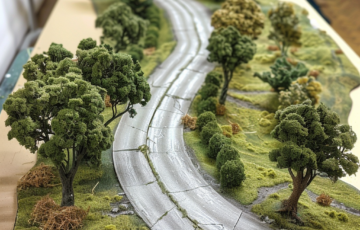There are many different manufacturers of model railway track, and each one may have its own unique features and characteristics. In general, you do not need a special model railway track for use with a digital command control (DCC) system. Most model railway track is suitable for use with both DC and DCC systems, so you can use any track that is suitable for the gauge of your model railway.
Here are a few differences between different manufacturers of model railway track:
- Gauge: One of the most important differences between model railway track from different manufacturers is the gauge, which refers to the distance between the rails. Different manufacturers may offer track in different gauges, so it is important to make sure that you are using track that is suitable for your trains.
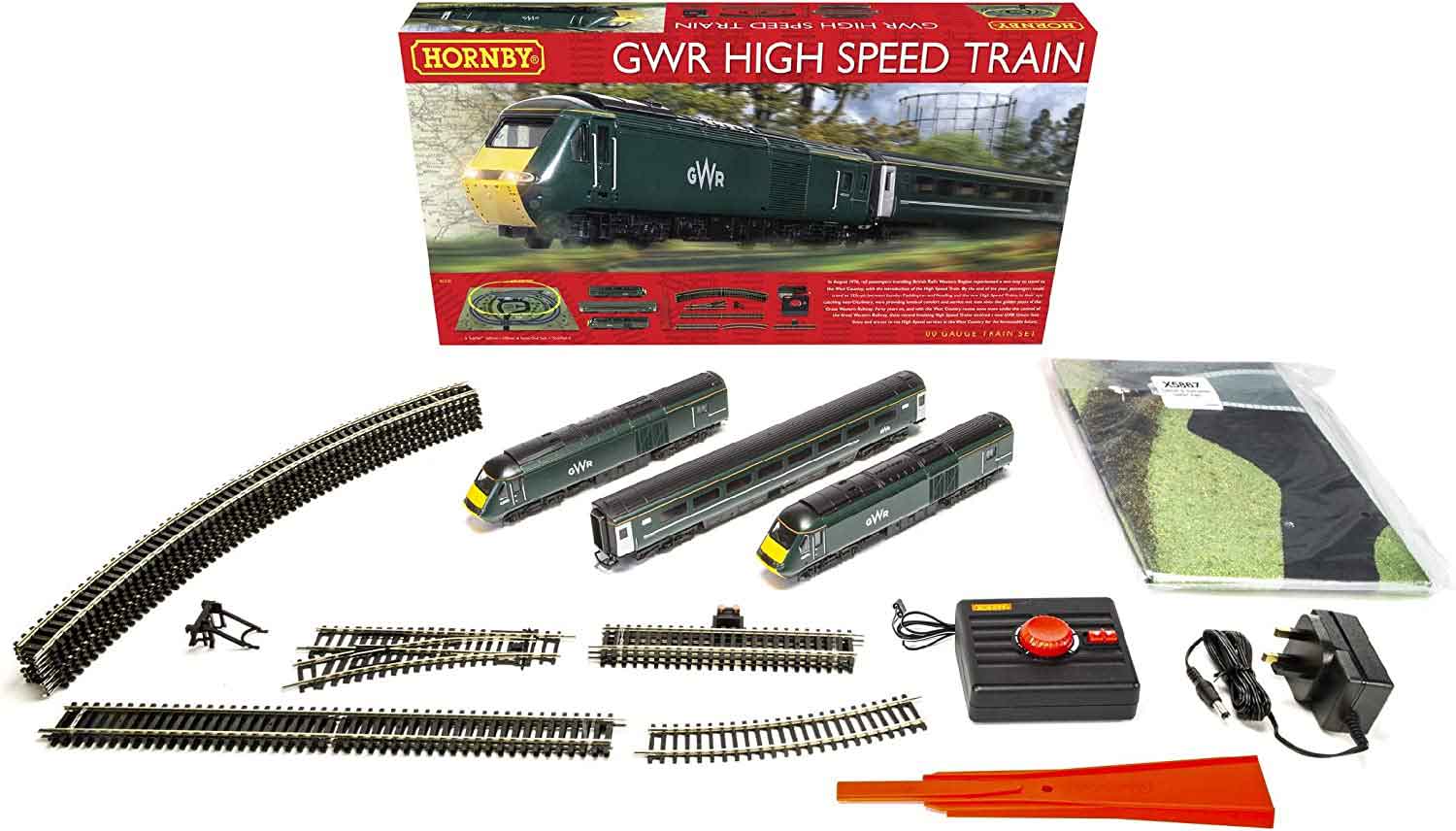
2. Compatibility: Some manufacturers may offer track that is only compatible with their own trains and control systems, while others may offer track that is compatible with a wider range of products.
3. Quality: The quality of model railway track can vary between different manufacturers. Some manufacturers may offer track that is made from higher-quality materials and is more durable, while others may offer track that is more prone to wear and tear.
4. Price: The price of model railway track can vary between different manufacturers. Some manufacturers may offer track that is more expensive, while others may offer track that is more affordable.
It is important to consider these differences when choosing model railway track, and to do some research to find the track that is best suited to your needs and budget.
There are many different manufacturers of model railway track, including Bachmann, PECO, and Atlas, to name a few. As previously mentioned, each manufacturer has their own unique take on model railway track with different codes and gauges.
Bachmann
Bachmann is a well-known manufacturer of model railway track and other products. Their track is available in a variety of gauges and is suitable for use with both DC and DCC systems.
Atlas
Atlas is a manufacturer of model railway track and other products. They offer track in a variety of gauges and styles, including code 83 and code 100. Atlas track is suitable for use with both DC and DCC systems.
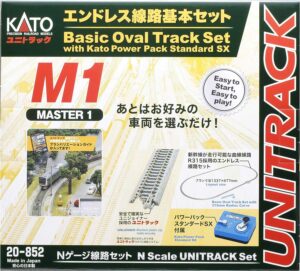
Kato
Kato Unitrack is a brand of model railway track that is manufactured by Kato Precision Railroad Models, a company based in Japan. Kato Unitrack is known for its high quality and ease of use.
One of the main features of Kato Unitrack is that it is pre-assembled and includes built-in roadbed, which means that it is ready to use right out of the box.
PECO
PECO is another well-known manufacturer of model railway track and other products. They offer track in a variety of gauges and styles, including code 75, code 100, and code 83. PECO track is suitable for use with both DC and DCC systems.
Code 75 track is PECO's smallest gauge track, with a rail height of 0.75mm. It is suitable for use with N gauge model railways.
Code 100 track is PECO's most popular gauge track, with a rail height of 1.00mm. It is suitable for use with HO gauge model railways.
Code 83 track is PECO's largest gauge track, with a rail height of 0.83mm. It is suitable for use with OO gauge model railways.
There are many other manufacturers of model railway track as well, each with its own unique features and characteristics. It is important to do some research and consider your needs and budget when choosing model railway track.
How do you fix track on a Baseboard?
There are several ways to hold model railway track to the baseboard, including the use of track pins, track glue, and track brackets. Here is a brief overview of each method:
- Track pins: Track pins, also known as track spikes or rail anchors, are small metal pins that are used to secure the track to the baseboard. To use track pins, position them around the track at regular intervals and tap them into place using a hammer.
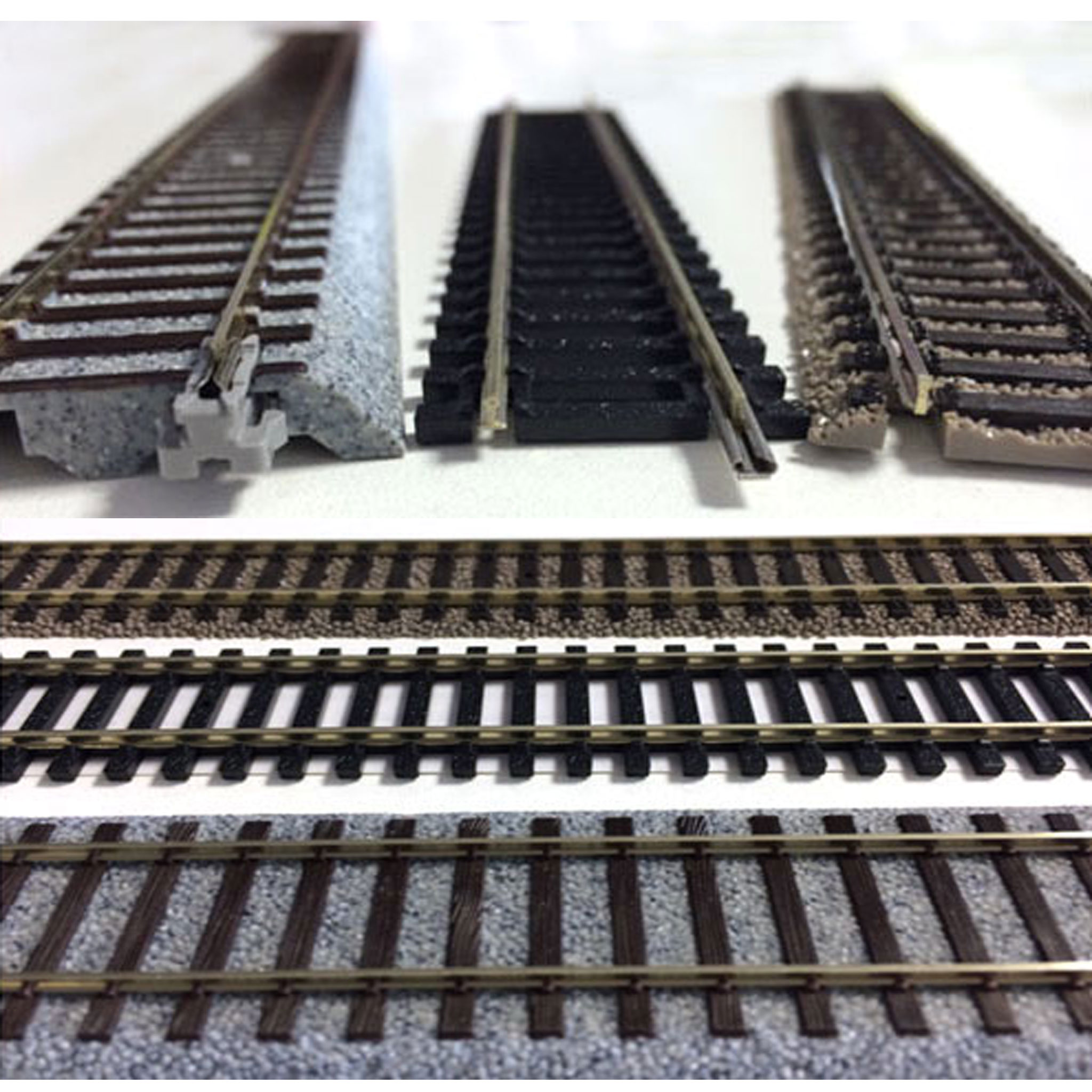
2. Track glue: Track glue is a specialized adhesive that is used to secure the track to the baseboard. To use track glue, apply a small amount of glue to the baseboard and carefully position the track on top of it. Make sure to follow the manufacturer's instructions for applying the glue and allow it to dry completely before running the trains.
3. Track brackets: Track brackets are small metal or plastic brackets that are used to secure the track to the baseboard. To use track brackets, position them around the track at regular intervals and attach them to the baseboard using screws or other fasteners.
It is important to make sure that the track is securely held to the baseboard in order to ensure smooth operation of the trains. It is also a good idea to periodically check the track to make sure that it is secure and make any necessary adjustments.

